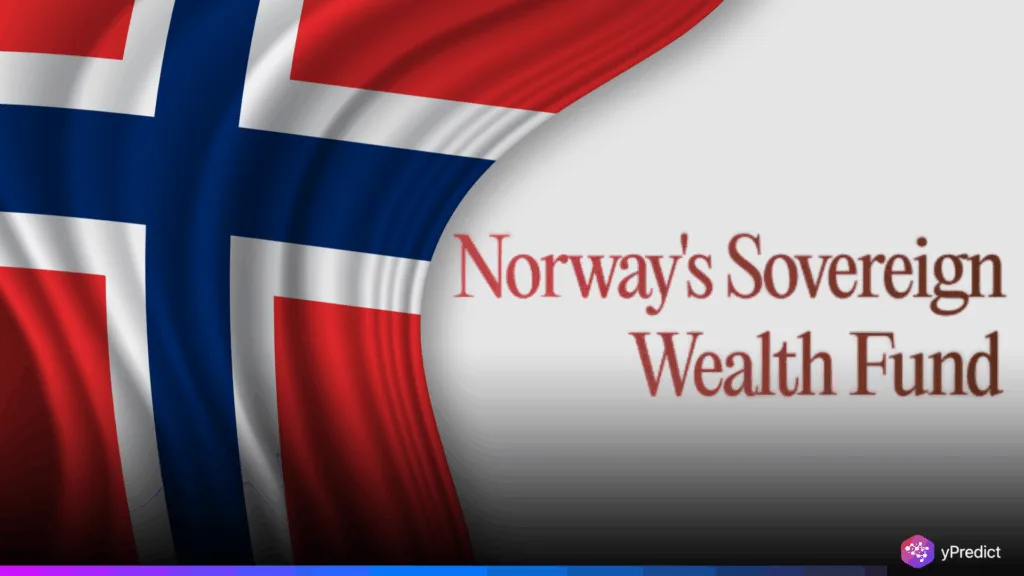
Norway’s sovereign wealth fund, officially called the Government Pension Fund Global, posted a steady but slightly disappointing 5.7% return in the first half of 2025. As the world’s largest sovereign wealth fund, it secures Norway’s future by investing oil revenues in global markets.
Though the fund gained 5.7%, it missed the managers’ target, raising questions about its performance amid a complex global economy. Investors wonder if this result is truly positive and how it reflects the fund’s strategy to navigate uncertainty.
Understanding the factors behind the fund’s returns matters not just for Norway but for the global market. It shows how this massive capital adapts to shifting conditions. Let’s explore the fund’s recent performance, the challenging environment it faced, and what lies ahead for this financial giant.
Norway Sovereign Wealth Fund’s Performance Overview in Early 2025
For the first half of 2025, the sovereign wealth fund of Norway produced a 5.7% return. This is a reasonably strong growth rate in absolute terms, but it missed the target set by the fund manager. This target is a blend of risk and return expectations of the diversified portfolio made up of public and private equity, fixed income, real estate and renewable energy investments.
The investment philosophy of the fund is designed for long term value creation, so misses are taken seriously if observed in the short term but generally no cause for alarm. The underperformance this time was relatively minor against targets for the fund and the return to investors highlighted the volatility between market conditions and sector specific risks in delivering returns and therefore value.
Key Drivers Behind the Fund’s 5.7% Return
There were a variety of conditions that influenced the performance of the Norway wealth fund in the first half of 2025. Global equity markets had a mix of returns with technology and renewable energy sectors performing well while traditional energy and some emerging markets lagged without relative returns.
Equity markets were also volatile and uncertainty increased due to inflation in some economies and geopolitical issues. While most of the returns came from the fund’s large position in equity price changes, currency volatility affected the returns that were reported in Norwegian krone.
Additionally, the fund’s increased allocation to sustainable investments and green energy reflects its focus on responsible investing. Such changes are relevant to returns because sustainable investments and green energy have their own unique opportunities and challenges compared to typical investments.
How the Sovereign Wealth Fund Balances Risk and Growth
Risk and growth are still a primary goal of the sovereign wealth fund return strategy. The fund takes market uncertainty in to consideration by utilizing rigorous risk management tools. Geographic and asset class diversification is used to help protect the portfolio from shocks in one market.
The fund’s managers update the portfolio allocations, as warranted, to reflect changes in economic outlook and opportunities. The slight miss on the return target indicates the cautious approach is working to protect capital, even if it results in some upside limitations. It also is indicative of the uncertainty that exists globally which many investors are working around today.
Future Outlook for Norway’s Sovereign Wealth Fund
The Norway sovereign wealth fund plans to maintain its focus on sustainable and responsible investments while providing steady returns in the future. The sheer size of the fund relative to others combined with its degree of discipline should continue to give the fund certain advantages in terms of accessing global markets.
Market observers indicate that the fund will likely be able to benefit from new trends in technology, green energy, and emerging markets to offset traction from more stable income, such as bond funds and real estate. This will likely depend on macroeconomic forces such as interest rate levels and geopolitical issues.







